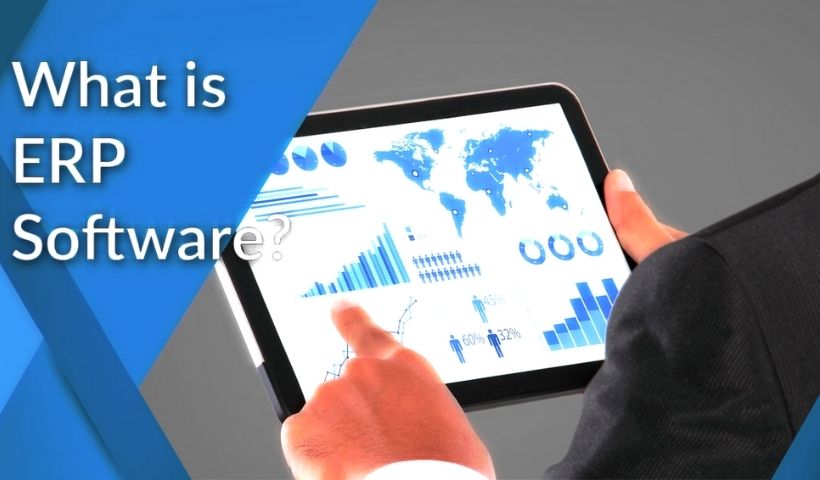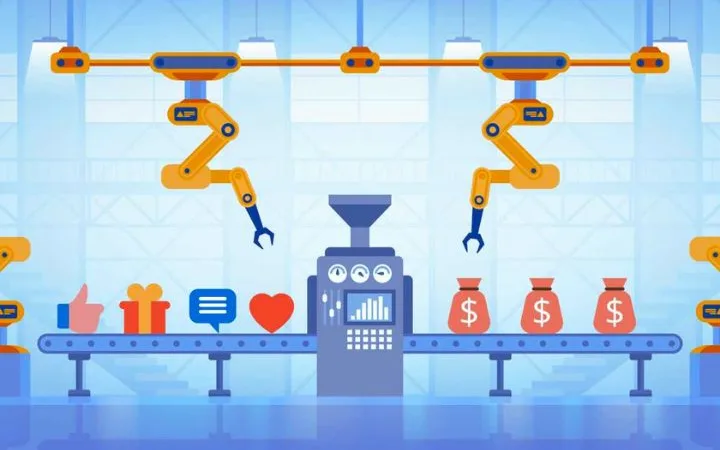Stages Of ERP Implementation

The process of implementing an ERP in our company represents one of the most important decision-making processes due to everything that it represents in its choice, process, execution and start-up.
The implementation of management software ( ERP ) goes beyond the simple fact of being one more project that corresponds to the IT department. The execution of this project will mean that the company will experience a transcendental change in its entire planning and work system over a period of time.
Table of Contents
What Does It Mean To Have An ERP?
The purpose of the ERP is to be the key piece within the company’s information system. It implies providing all areas of the company with interactive management in all its actions:
- Financial management
- Production management
- Sales management
If a correct implementation of our tool has been carried out and all the phases that the ERP entails have been carried out correctly , we will be able to see in a short or medium term that these changes lead to cost savings.
Reasons Why A Company Would Need An ERP Solution
The ERP can be the solution to many of the problems that companies face. However, it is crucial to know how to identify what is the objective and purpose that we want to obtain with an ERP solution .
One of the first actions that must be carried out is the study and analysis of the KPIs (key performance indicators), which will determine the degree to which the start-up or intervention of the management software is needed. Setting goals in the present is the way forward for our future projections.
Stages
The implementation of an ERP is established in 7 stages which have very specific skills to be developed in each phase. If you still have some doubts about choosing an ERP, in the article ‘ Keys in choosing your ERP’ we reveal the main aspects to take into account to have this management solution.
Next, we break down each of the 7 stages that a successful implementation of the ERP entails
- Planning
It is usually the phase in which most companies want to move as quickly as possible to reach the start-up phase as soon as possible. Determining a generous period of time can be key to moving from a process fraught with obstacles to a smooth and successful process.
- Consultancy
The study of the needs and what are the functionalities that your company needs are the first task that the team of consultants will carry out. The current needs of the company will guide the consultants to the path to achieve the functionalities that we want to have.
Carrying out this process correctly will allow us to:
- Greater integration of the operations and areas of the organization.
- Obtain an ERP that covers and adjusts to our needs.
- Optimize the implementation stages.
- Get better ERP performance data .
Also Read : Big Data Processing
- Parameterization
During the parameterization process, the installation of the hardware and software will be carried out according to the guidelines obtained in the previous process.
Parameterization is the key phase to adapt the ERP to the needs of the company and the workflows. Another key factor is the type of ERP that has been selected:
- ERP on premise
- ERP cloud (installation on equipment external to the organization)
- Migration
The other big step that occurs in the implementation of the ERP is data migration. Selecting and identifying which data must be taken into account in the new system is one of the most important measures to be carried out. There is a tendency to migrate all the information, but such action is not recommended, this process can help the company to select the relevant information and data and discard those data that are no longer of use.
- Training
Staff training is perhaps the most important process in the entire implementation of an ERP. This part corresponds to the management of the company to ensure that the technical team or the people in charge of training have the appropriate technological knowledge to successfully achieve the project.
- start
Last phase of the implementation of an ERP . The team can now make full use of the solution, always guided by the team that has carried out the implementation (partner). In this phase, the ERP is put into operation and user support is initiated.
- Tracing
After the implementation, there is usually a period of time in which a maintenance service is contracted with the ERP partner so that doubts, updates or errors that may arise can be solved.
Once the tool is established and the company begins to use it, comparisons can be made with the previous results of the objectives and KPIs.
With this tool, the company will be able to see if its objectives and results have been achieved, from a strategic point of view and in a general way.
Also Read : Affiliate marketing






